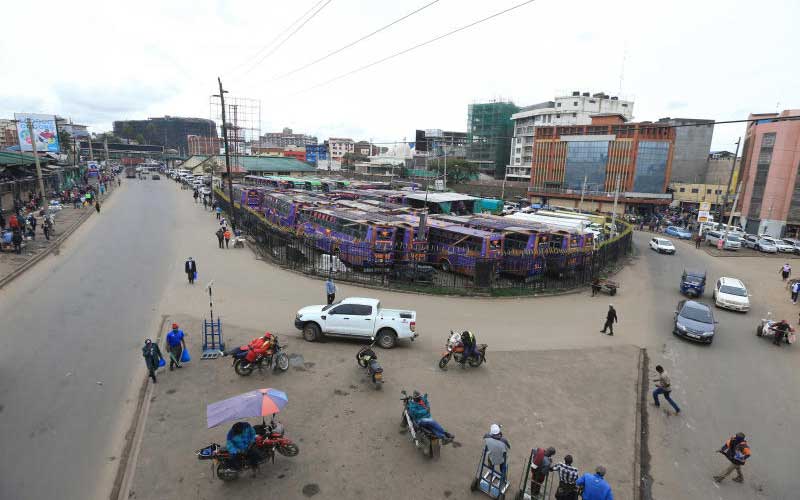×
The Standard e-Paper
Smart Minds Choose Us

An aerial view of Machakos Bus Station in Nairobi, April 23, 2020. A study has said more people have kept away from public transport as compared to pre-pandemic period. [File, Standard]
Nearly 60 days after President Uhuru Kenyatta lifted orders barring movement into and out of Nairobi, Mombasa and Mandera counties, effectively opening up the country, mobility is yet to return to pre-Covid levels, new data shows.